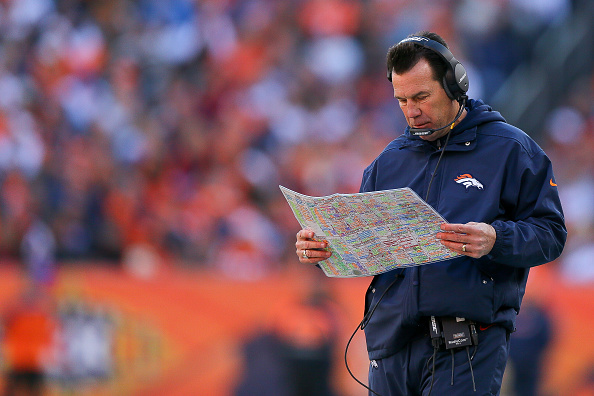 Standard scoring, PPR, touchdown only. Two QB, all-flex, IDP, no-kicker. Dynasty, auction, keeper, re-draft. Head-to-head, roto, points, categories. Are you catching my drift here, or is this going right over your head? If this scattered list of fantasy jargon isn’t painting a picture for you, allow me to make things clearer…
Standard scoring, PPR, touchdown only. Two QB, all-flex, IDP, no-kicker. Dynasty, auction, keeper, re-draft. Head-to-head, roto, points, categories. Are you catching my drift here, or is this going right over your head? If this scattered list of fantasy jargon isn’t painting a picture for you, allow me to make things clearer…
Lesson one of playing fantasy sports: Know your league rules.
An informed owner is obviously going to have the best chance at succeeding, so do yourself a favor and look over the league rules and settings before you set up a draft strategy. This may sound pretty straight forward, but the most important factor to take into account when building a draft strategy is scoring format. Without a good understanding of the scoring system it will be impossible to formulate a winning strategy. You aren’t going to draft high reception/low touchdown guys in non-PPR formats, just as you aren’t going to neglect the running back position in standard scoring leagues.
All a good draft strategy entails is an insider’s knowledge of the intricacies of a given fantasy league.
For example: In a standard scoring league with a one QB roster style, a fair strategy to draft with is “quarterback last” due to the surplus of capable throwers in today’s NFL. However unknowingly entering a dual-QB format could render you the ass of the league with a “quarterback last” strategy due to the necessarily thinned out draft pool at the position.
To get a little more complicated, fantasy owners should make sure to look deep into their league rules to identify any advantages specific players will have over others. Some leagues will award bonuses for milestone numbers in a given game. In a league that I run, running backs are awarded extra points for going over 100, 200, 250 yards in a single contest. The same goes for quarterbacks that break the 300, 400, 500-yard marker, and for receivers who rack up 100, 200, 250 yards or more. This separates the elite players and performances from the average even more, putting a higher priority on hitting your early round picks in the draft.
My last piece of advice in terms of understanding your league rules is to have a comfortable grasp of the add/drop system. Some leagues operate in a standard waiver system that has all available players eligible for adding on a rotational claim basis. This can be decided on a snake format or based off of current record, but it seems to be pretty fair overall. Some leagues operate under an auction system that awards all free agents to the highest bidder. Some leagues use real money in this system, while others allot a fixed budget for the entire season. While much more uncommon in today’s fantasy culture, some leagues use a wild west free agency system that operates under the law of first come first serve. Without a proper understanding of how players are added to rosters in your league, it will be nearly impossible to come out on top. You will never hear a fantasy championship story without a crucial pickup at some point during the season so take this part seriously.
Ultimately, if anything was learned here, hopefully it is that going into a draft blindfolded will produce little success. Even if you have a secret strategy, not much good can come without crafting the strategy around the league specific rules. Each fantasy league is like a snowflake with almost none playing alike. Even standard leagues oftentimes have their own custom caveats, so doing a full investigation is imperative prior to drafting.

